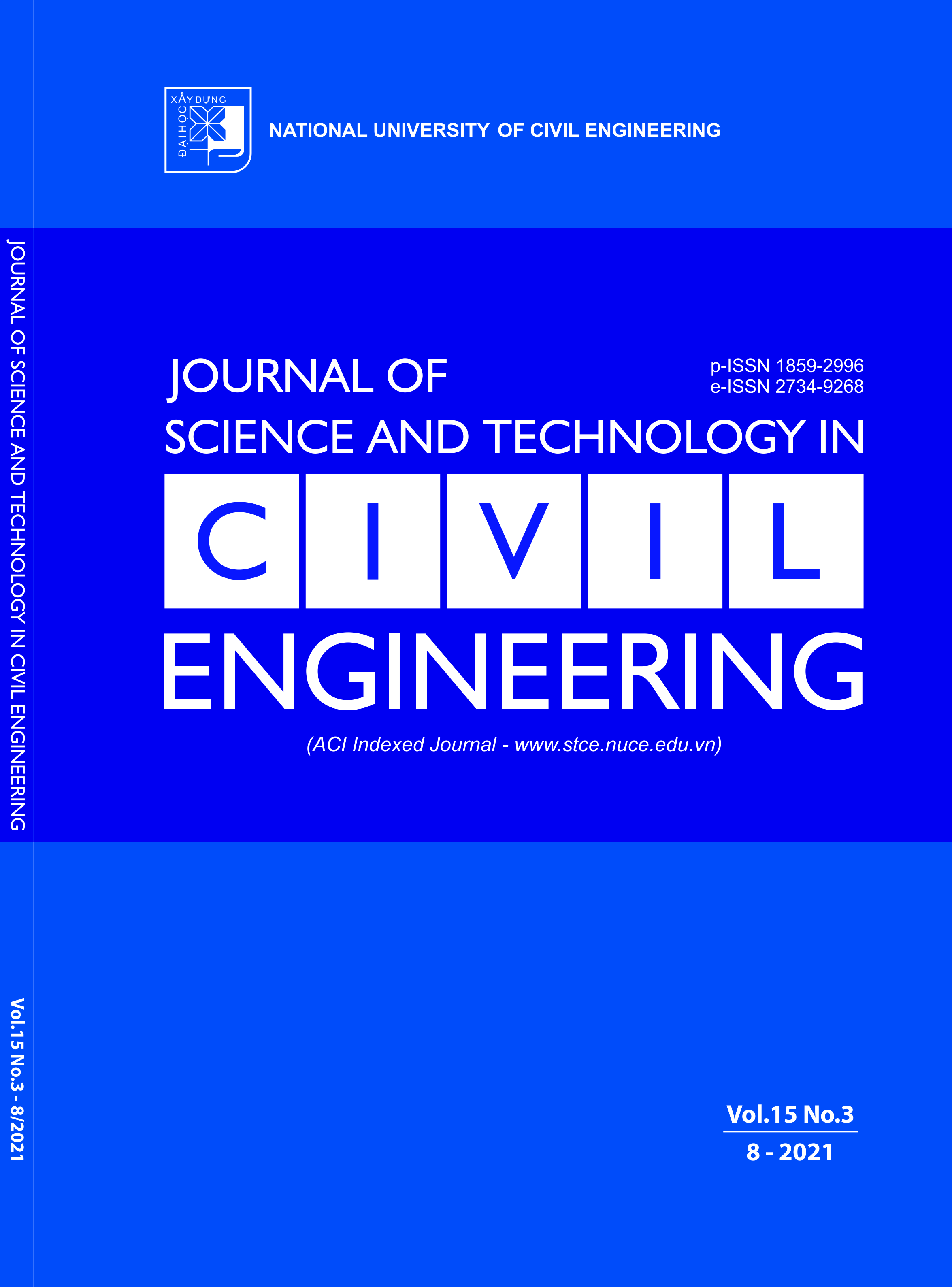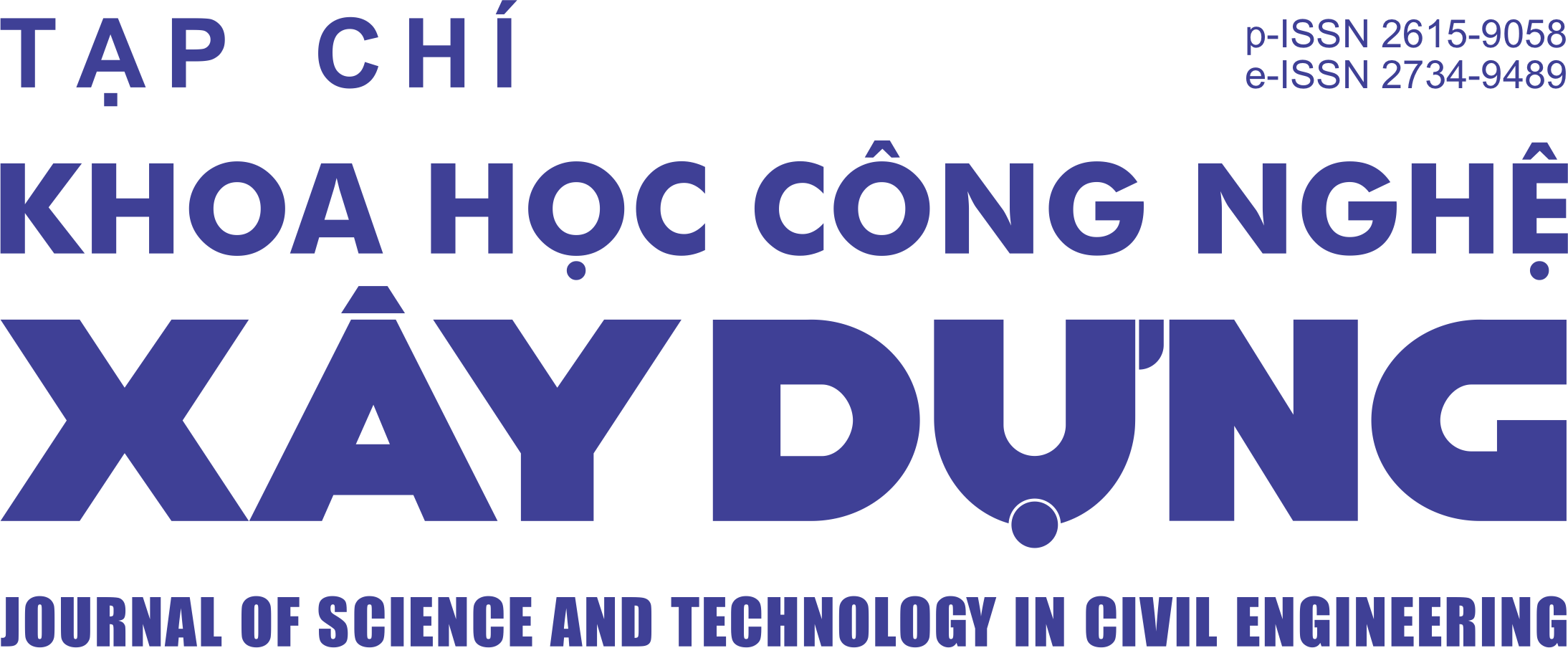Experimental investigation and analytical modeling of the crack width effect on the fire performance of carbon textile-reinforced concrete composite
Abstract
In comparison with fiber-reinforced polymer (FRP) composite, the textile-reinforced concrete (TRC) presents stability in mechanical performance at elevated temperatures thanks to a thermal protection layer by the cementitious matrix. This paper presents the experimental characterization and analytical modeling for fire performance of carbon TRC under the thermomechanical regime at constant tensile force. The carbon TRC is manufactured from the cementitious matrix with good thermal properties (refractory matrix) and the reinforcement of carbon textiles. In the experiment, the ultimate strength of the carbon TRC specimen was firstly identified from the direct tensile tests at ambient temperature. Afterwards, in the thermomechanical regime, the fire performance of carbon TRC specimens according to 5 loading levels ranging from 10% to 75% related to its ultimate strength was determined. As a result, the effect of crack appearance on this thermomechanical performance was highlighted and analyzed. For the analytical modeling, a model was calibrated with the experimental results to predict the fire performance of carbon TRC by taking into account the effect of crack width.
Downloads
Copyright (c) 2021 National University of Civil Engineering

This work is licensed under a Creative Commons Attribution-NonCommercial-NoDerivatives 4.0 International License.
1. The Author assigns all copyright in and to the article (the Work) to the Journal of Science and Technology in Civil Engineering (JSTCE) – Hanoi University of Civil Engineering (HUCE), including the right to publish, republish, transmit, sell and distribute the Work in whole or in part in electronic and print editions of the Journal, in all media of expression now known or later developed.
2. By this assignment of copyright to the JSTCE, reproduction, posting, transmission, distribution or other use of the Work in whole or in part in any medium by the Author requires a full citation to the Journal, suitable in form and content as follows: title of article, authors’ names, journal title, volume, issue, year, copyright owner as specified in the Journal, DOI number. Links to the final article published on the website of the Journal are encouraged.
3. The Author and the company/employer agree that any and all copies of the final published version of the Work or any part thereof distributed or posted by them in print or electronic format as permitted herein will include the notice of copyright as stipulated in the Journal and a full citation to the Journal as published on the website.







